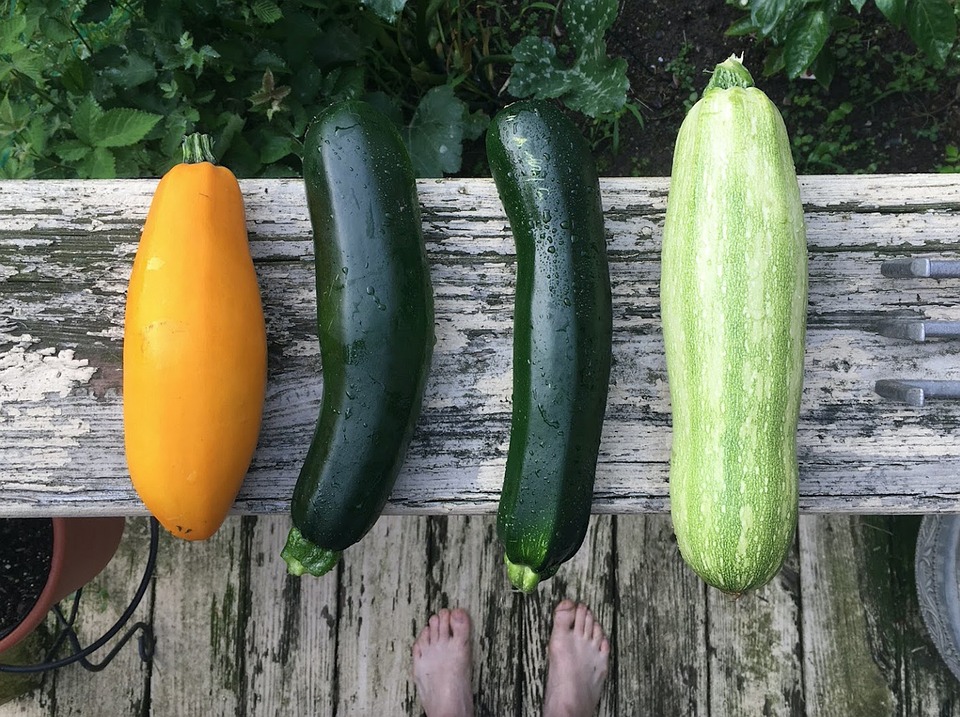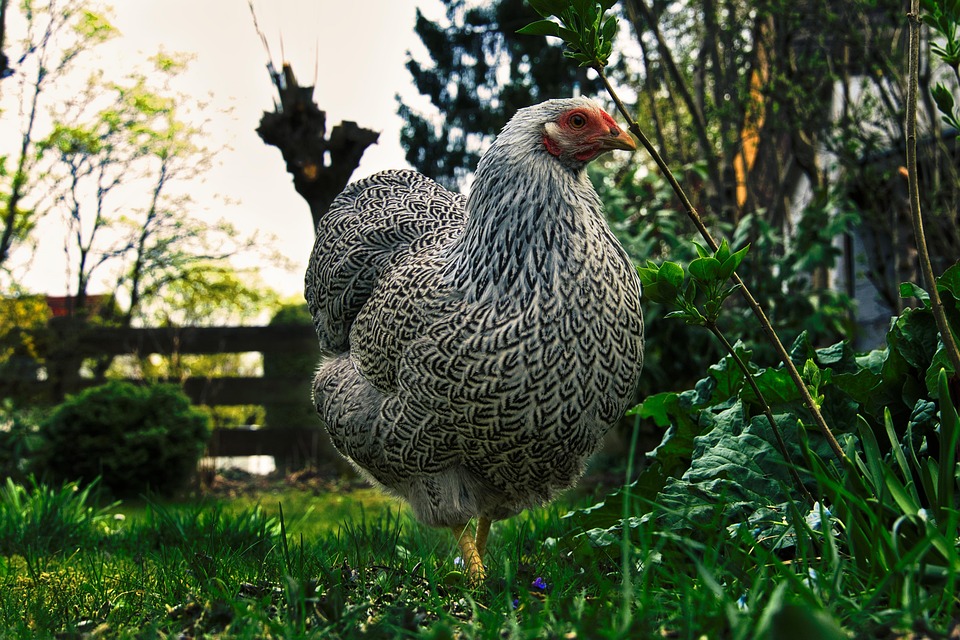**Healthy Planet, Healthy People: The Dual Benefits of Sustainable Farming**
## Healthy Planet, Healthy People: The Dual Benefits of Sustainable Farming It was a sunny afternoon when I first tasted the sweetness of a tomato picked straight from the vine. The sun-drenched garden, a patchwork of vibrant colors and fragrances, felt alive with potential. Each vegetable and herb spoke of a commitment to nurturing both the earth and my body. This experience didn’t just awaken my taste buds; it ignited a passion for sustainable farming that I never knew I had. The thrill of eating garden-fresh produce was just the beginning; it opened my eyes to the dual benefits of sustainable practices—not just for our personal health, but for the health of the planet as a whole. ### The Philosophy of Sustainable Farming Sustainable farming is about more than just growing food; it’s about creating a harmonious relationship with nature. This farming method aims to meet our food needs without compromising the ability of future generations to meet theirs. It’s an integrated system focusing on maintaining soil fertility, conserving water, and promoting biodiversity. As we face the pressing challenges of climate change and environmental degradation, sustainable farming practices have become more critical than ever. ### The Environmental Benefits 1. **Soil Health**: One of the most significant advantages of sustainable farming is its positive impact on soil health. By utilizing crop rotation, cover cropping, and organic amendments, sustainable farmers replenish nutrients in the soil. Healthy soil not only supports healthy plants but also acts as a carbon sink, sequestering CO2 from the atmosphere. 2. **Water Conservation**: Sustainable farming often employs techniques like drip irrigation and rainwater harvesting. These methods minimize water waste, ensuring that every drop counts. Moreover, healthier soil retains moisture better, reducing reliance on additional irrigation and conserving this precious resource. 3. **Biodiversity Preservation**: Promise your garden a variety of plants is more than a visual delight; it’s a buffer against pests and diseases. Diverse ecosystems tend to be more resilient. Sustainable farming also encourages the preservation of heirloom varieties, contributing to biodiversity and genetic resilience. 4. **Reduction of Chemical Inputs**: By relying on natural fertilizers and pest control methods, sustainable farmers significantly reduce their use of harmful chemicals. This not only protects the environment but also promotes a healthier ecosystem for beneficial insects and other wildlife. ### The Health Benefits 1. **Nutrition**: Food grown sustainably often contains higher nutrient levels. Studies indicate that fruits and vegetables grown organically can have more vitamins, minerals, and antioxidants. Freshly picked produce, rich in flavor and nutrients, not only satisfies the palate but also elevates your health. 2. **Reduced Chemical Exposure**: By opting for sustainably farmed food, you reduce your exposure to harmful pesticides and herbicides. This means cleaner eating and a lowered risk of potential health issues associated with these chemicals. 3. **Mental Well-Being**: Engaging in sustainable farming can also enhance mental health. Connecting with nature has been shown to reduce stress and anxiety, while gardening activities promote physical fitness. The mindfulness involved in caring for plants can rejuvenate your spirit and contribute to emotional well-being. 4. **Community Resilience**: Sustainable farming fosters community bonding. When we source our food locally, we support nearby farmers and bolster local economies. This develops a sense of community, creating social networks that promote cooperative initiatives and shared resources. ### Pro Tips for Sustainable Farming 1. **Start Small**: Whether you’re growing a window herb garden or a larger vegetable patch, starting small allows you to learn without becoming overwhelmed. Gradually expand your garden as you gain confidence and knowledge. 2. **Compost**: Composting kitchen scraps and yard waste turns “waste” into “resource.” Enrich your garden soil naturally, reducing your reliance on store-bought fertilizers while minimizing landfill waste. 3. **Choose Native Plants**: Native plants often require less maintenance as they’re adapted to your locale’s conditions. They attract beneficial insects and support local wildlife, enhancing your garden’s ecosystem. 4. **Practice Crop Rotation**: Varying the types of plants you grow in each bed each season prevents nutrient depletion and reduces pest buildup. 5. **Educate Yourself**: Keep learning! Attend workshops, read books, and connect with local farmers. The world of sustainable agriculture is ever-evolving, and staying informed can give you new tools to enhance your practice. ### Going Beyond the Farm Sustainable farming is just one piece of the puzzle in creating a healthier planet and population. However, its principles can extend into everyday life: – **Reduce, Reuse, Recycle**: Adopt a lifestyle that prioritizes thoughtful consumption. Reduce waste wherever possible, whether through mindful shopping, creative reuse, or recycling. – **Support Local Markets**: Purchase from local farmers’ markets to encourage sustainable practices in your community, and nourish yourself with fresh, seasonal produce. – **Advocate for Sustainability**: Engage in discussions about sustainable practices in your community and advocate for policies that support sustainable agriculture. ### Future of Sustainable Farming The future of sustainable farming is bright but requires collective efforts. Consumers, farmers, and policy-makers all play roles in this landscape. The more we demand sustainably sourced products, the more they’ll become the norm. ### Conclusion Sustainable farming is not just a method; it’s a lifestyle choice that benefits our health, our communities, and the planet. From producing nutrient-rich food to preserving precious natural resources, the advantages are boundless. By embracing sustainable practices, we cultivate not only a healthy garden but also a healthy, thriving planet for generations to come. As you reflect on this journey, remember that every seed planted today contributes to a richer tomorrow. Engage heart and hands in the soil, celebrate the bounty that nature offers, and share the goodness with those around you. Healthier lives and a healthier planet are, indeed, just a garden away! ### Final Thought We stand at a pivotal moment, choosing either a path of unsustainable practices or a thriving ecosystem modeled after nature itself. Let’s embrace sustainable farming and, by doing so, commit to a healthier planet and healthier people. So grab your gardening gloves—adventure awaits in the soil of possibilities!










